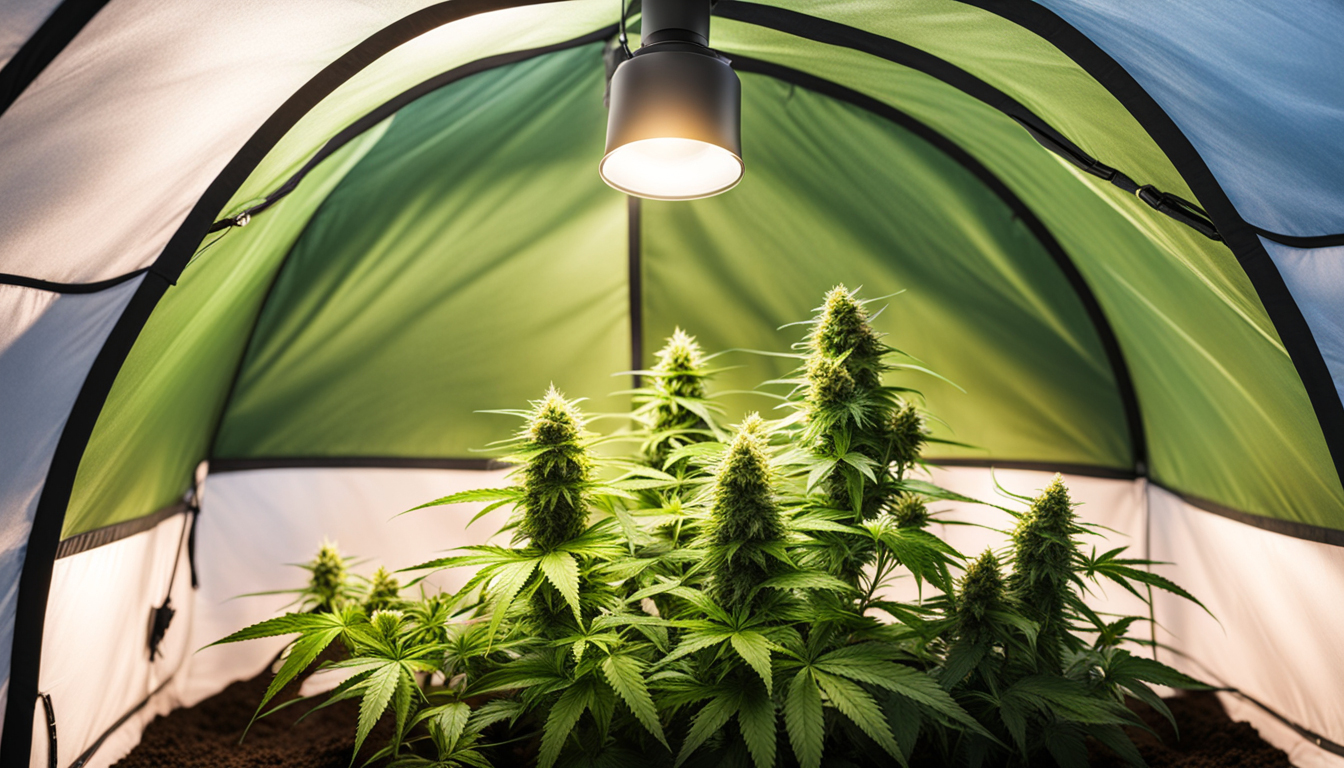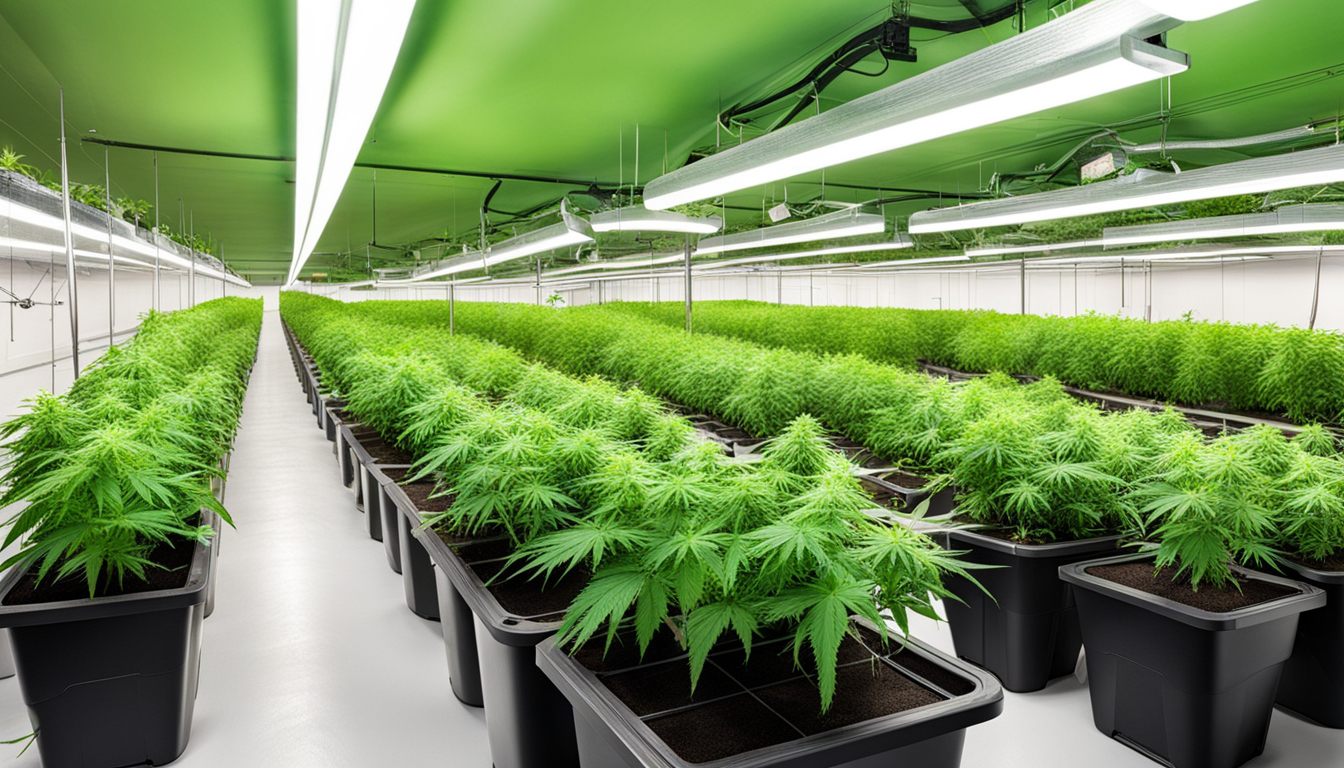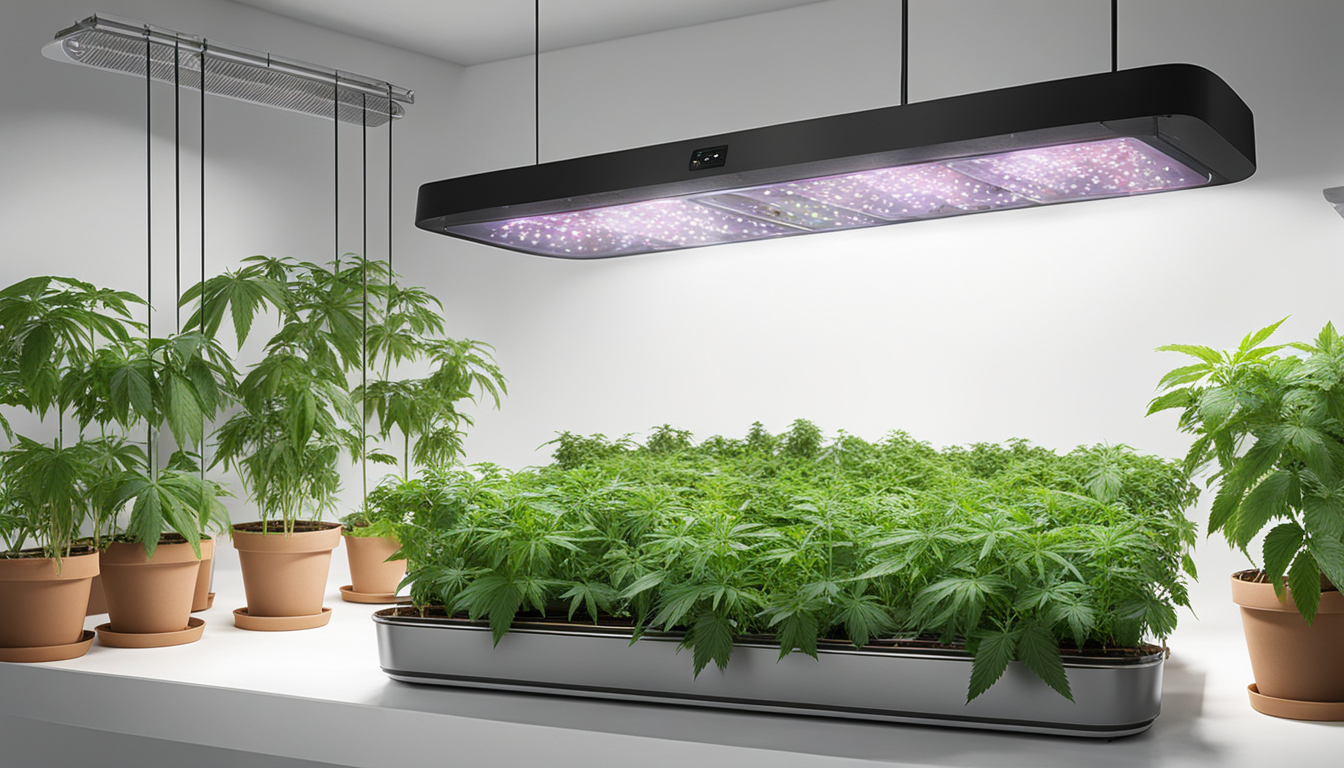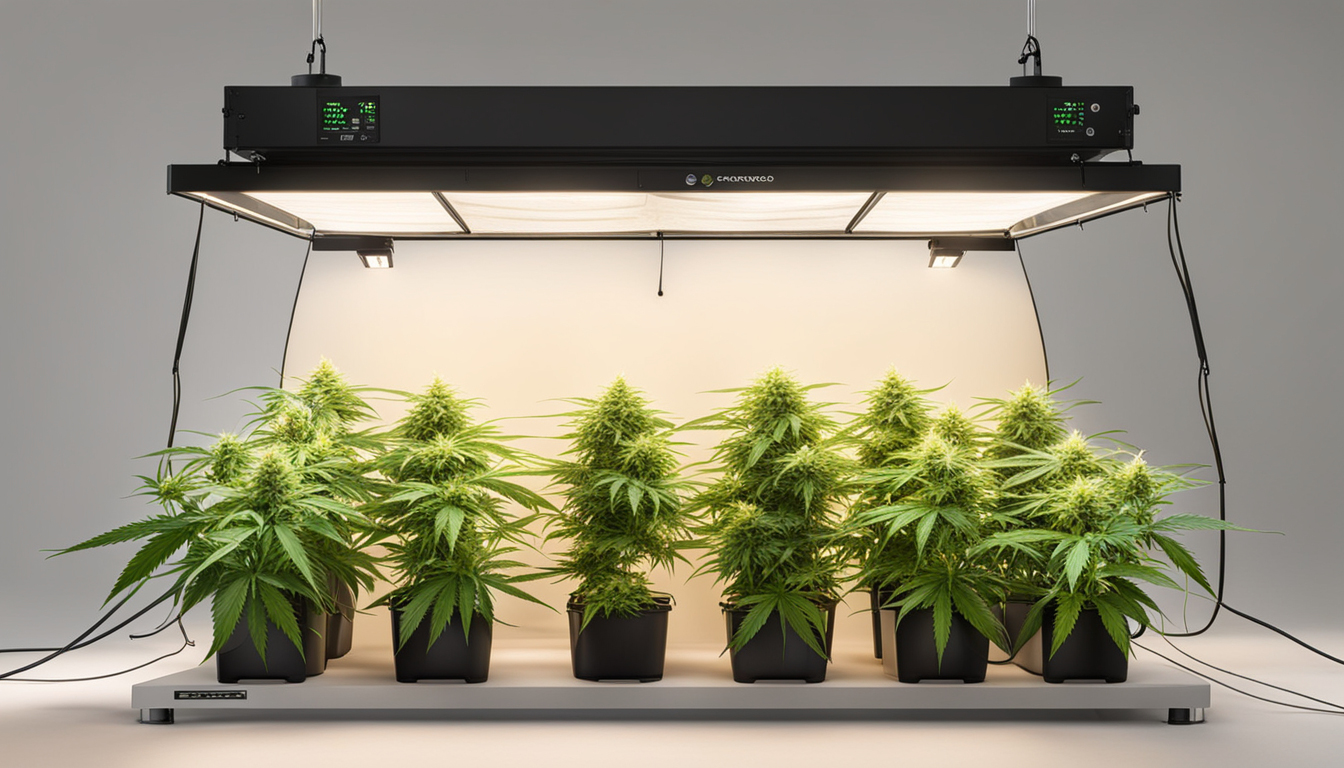
Whether you're new to marijuana production or looking to improve your existing harvest, following this complete guide will help you produce large, high-quality yields right at home. With the right gear, methods, and attention, cultivating cannabis indoors can be an extremely rewarding and cost-effective endeavor.
Choosing Weed Strains
The first step in planning your indoor crop is selecting the right marijuana cultivars to produce. The three main types of cannabis plants each have their own characteristics.
Sativas
Known for their invigorating intellectual effects, these strains spread tall and slender with narrow leaves. They flourish in tropical equatorial climates and have a longer flowering time between 10-12 weeks indoors. Top sativa strains include Jack Herer, Durban Poison, Super Lemon Haze, and Jack Herer.
Relaxing strains
These strains provide relaxing full-body effects and grow short and bushy with broad leaves. Adapted to cooler mountain climates, they flower faster within 8-9 weeks. Popular indica strains include Granddaddy Purple, Northern Lights, and Bubba Kush.
Hybrids
Hybrid varieties blend traits from both energizing strains and relaxing strains. They offer combined effects and have moderate flowering periods around 9-10 weeks. Well-known hybrids are OG Kush, Girl Scout Cookies, and Blue Dream.

Setting Up Your Grow Space
Pot plants need the right controlled environment to succeed. Key factors for indoor farms are lighting, ventilation, layout, and finding the ideal discreet location.
Location
Choose an available space with quick access to water and electrical outlets. An empty extra bedroom, unused closet, basement corner, or cultivation tent securely placed in a garage all make great hidden grow room spots.
Lights
Marijuana requires strong light for all growth stages. LEDs are efficient and come in full spectrum options mimicking real sunlight. Cover 250-400 watts per square foot for the vegetative stage and 400-600 watts per square foot for flowering.
Ventilation
Proper ventilation and exhaust systems keep ideal temperature, moisture, and pure CO2 levels. Install low-noise 10-15 cm fans or scrubbers to refresh stale air and reduce smells.
Layout
Maximize your space by positioning plants carefully under the lights and leaving room to reach and work around them. Set up separate zones for growth, bloom, curing, and cloning.

Cultivation Substrates
Weed can be cultivated in different substrates, each with pros and cons. Pick a proper option for your specific setup and cultivation style.
Soil
The traditional medium, soil is inexpensive and easy for new growers. It provides great flavor but needs more watering and fertilizing to nourish plants. Enrich soil with perlite or coir to improve aeration.
Coco Coir
Made from coconut husks, renewable coco coir holds water but still allows air to the roots. It's more sterile and more consistent than soil. Use coco-specific fertilizers to avoid accumulation.
Water systems
In hydro systems, plant roots develop directly in nutrient irrigation solution. This allows rapid development but needs close observation of solution chemistry. DWC and irrigation systems are common methods.
Sprouting Seeds
Germination prepares your pot seeds to begin growing radicles. This prepares them for transplanting into their cultivation medium.
Paper Towel Method
Place seeds between moist paper towel and maintain them moist. Check after a week for emerging taproots indicating germination is complete.
Planting directly
Insert seeds directly into wetted cultivation medium 1⁄4 inch deep. Gently water and wait 7-14 days until seedlings push through the surface.
Cubic rockwool
Soak rockwool cubes in balanced water. Insert seeds 1⁄4 inch deep into the cubes. Keep cubes wet until sprouts emerge Send a Message within 1-14 days.
Repotting Seedlings
Once sprouted, marijuana young plants need to be transplanted to avoid crowding. Move them into proper sized pots.
Preparing Containers
Fill large containers with cultivation medium amended with slow-release nutrients. Let containers to absorb water for 8-12 hours before repotting.
Gently repotting
Gently separate seedling roots from sprouting medium using a spade. Put into prepared container at same depth as before and lightly water in.
Growth Stage
The growth stage encourages leafy growth and plant structure through 18-24 hours of continual lighting intensity. This stage usually lasts 1-2 months.
Using 3/4 to full day of Lighting
Use lamps on a 24 daily schedule or natural sunlight to trigger constant photosynthesis. Light Find Out More intensity influences height and node distance.
Nutrients
Use grow stage fertilizers richer in N. Make sure pH remains around 6.5 for proper nutrient absorption. Feed 1⁄4 to 1⁄2 strength after 2 weeks and strengthen slowly.
LST and topping
Fimming, LST, and scrogging manipulate growth patterns for even canopies. This increases yields.

Bloom Stage
The blooming stage grows buds as plants show their sex under a 12/12 light timing. It lasts 2-3 months based on strain.
Changing Light Schedule
Switch lamps to 12/12 or place outside for natural 12/12 timing. This signals plants to begin blooming.
Stop Fertilizing
Flushing flushes out fertilizer residuals to enhance taste. Fertilize lightly the first period then just use plain water the final 2 weeks.
Flushing
Maintain 12 hour photoperiod but flush using pH-balanced water only. Return to clean watering if buds aren't mature after two weeks.
Reaping
Recognizing when weed is fully ripe ensures peak potency and aroma. Harvest plants at optimal ripeness.
Identifying Ripeness
Look for fading pistils, swelling calyxes, and 5-15% amber trichomes. Inspect buds around the plant Contact Us Today as they don't all ripen evenly.
Harvesting plants
Use clean, sharp pruning shears to gently cut each plant at the base. Leave 5-10cm of stem attached.
Drying
Suspend whole plants or branches inverted in a dark room with moderate temp and RH around 50-60% for 1-2 weeks.
Aging
Curing keeps drying while improving the buds like aged spirits. This process mellows harshness and further develops terpene and terpene profiles.
Curing containers
Manicure dried buds from branches and place into sealed containers, filling about 3⁄4 full. Use a sensor to measure container humidity.
Opening jars daily
Unseal jars for a short time each day to slowly reduce moisture. Remoisten buds if RH drops below 55%.
Final Cure
After 14-21 days when humidity levels off around 55-65%, do a final manicure and store forever in sealed jars.
Troubleshooting
Even experienced cultivators run into various cannabis plant problems. Detect issues soon and address them correctly to maintain a strong garden.
Nutrient Deficiencies
Chlorosis often indicate inadequate nitrogen. Purpling stems and leaves signal phosphorus deficiency. Test pH and increase fertilizers gradually.
Bugs
Spider mites, fungus gnats, mites, and root aphids are frequent cannabis pests. Use organic sprays, ladybugs, and yellow traps for organic control.
Mold
Excessive humidity promotes powdery mildew and bud rot. Increase airflow and venting while lowering humidity under 50% during flowering.

Summary
With this complete indoor pot cultivation guide, you now have the knowledge to cultivate bountiful strong buds for personal harvests. Apply these techniques and methods throughout the seed starting, growth, and bloom stages. Spend in quality equipment and closely check on your plants. In time, you'll be compensated with frosty aromatic buds you grew yourself under the patient guidance of your green hands. Good luck cultivating!